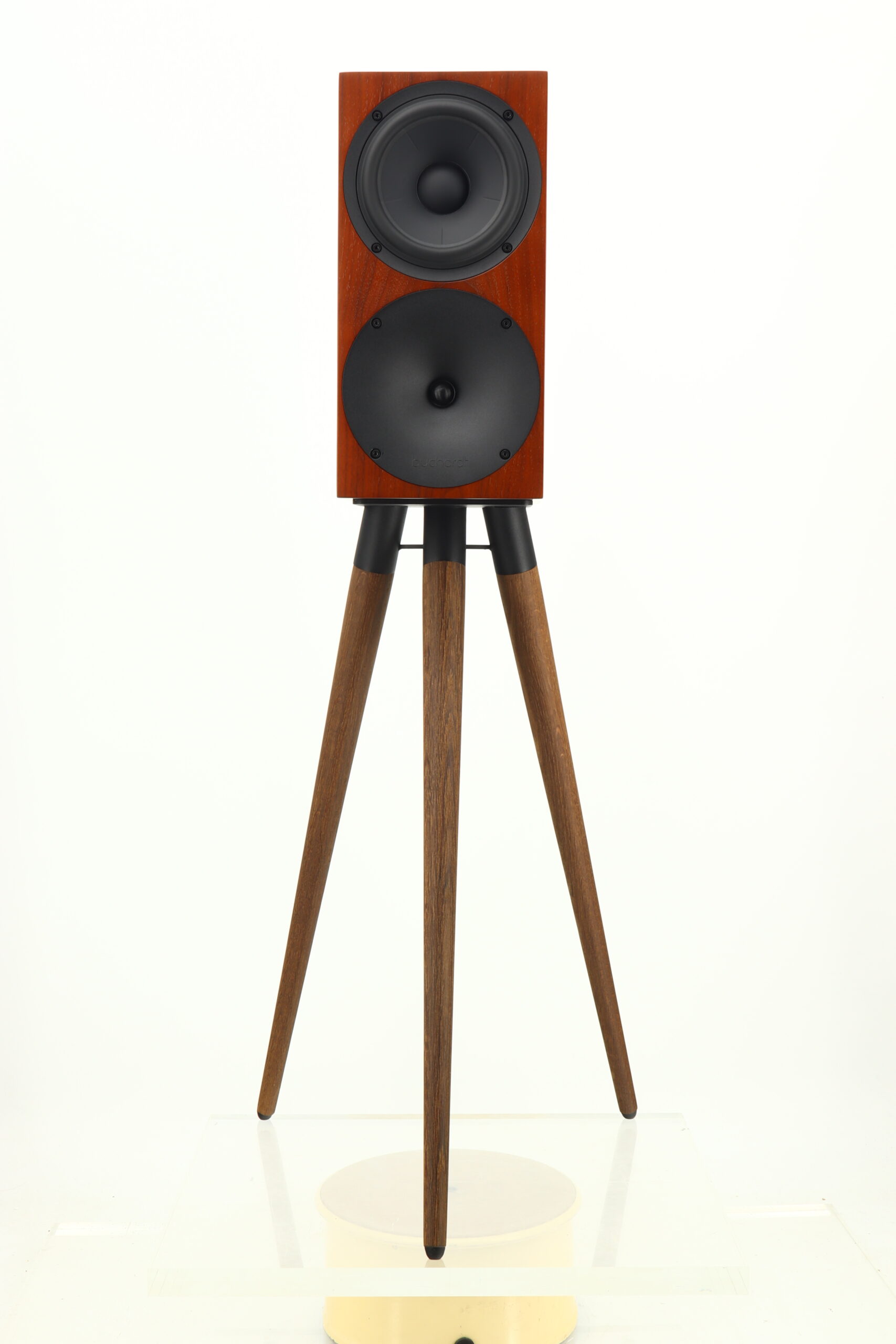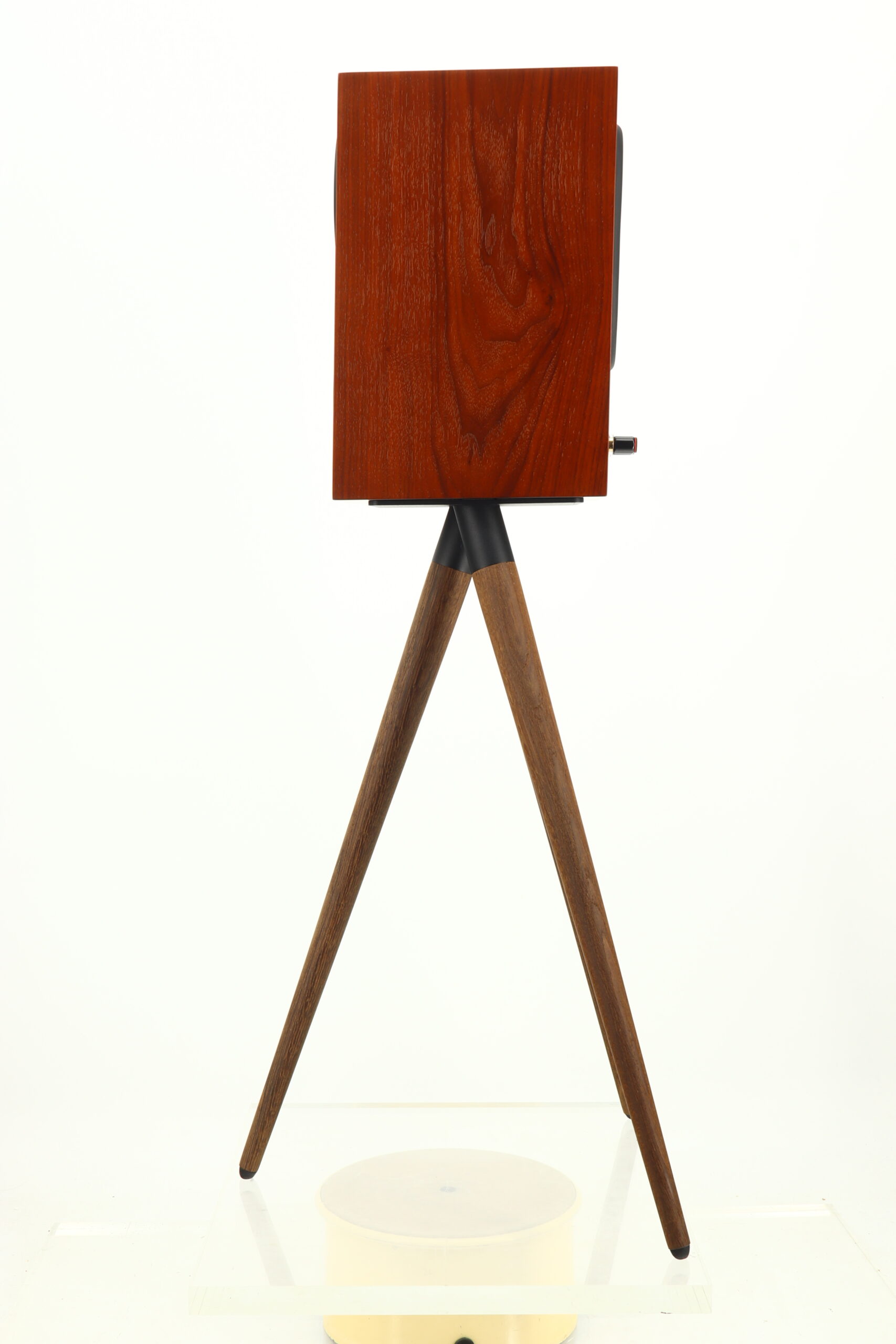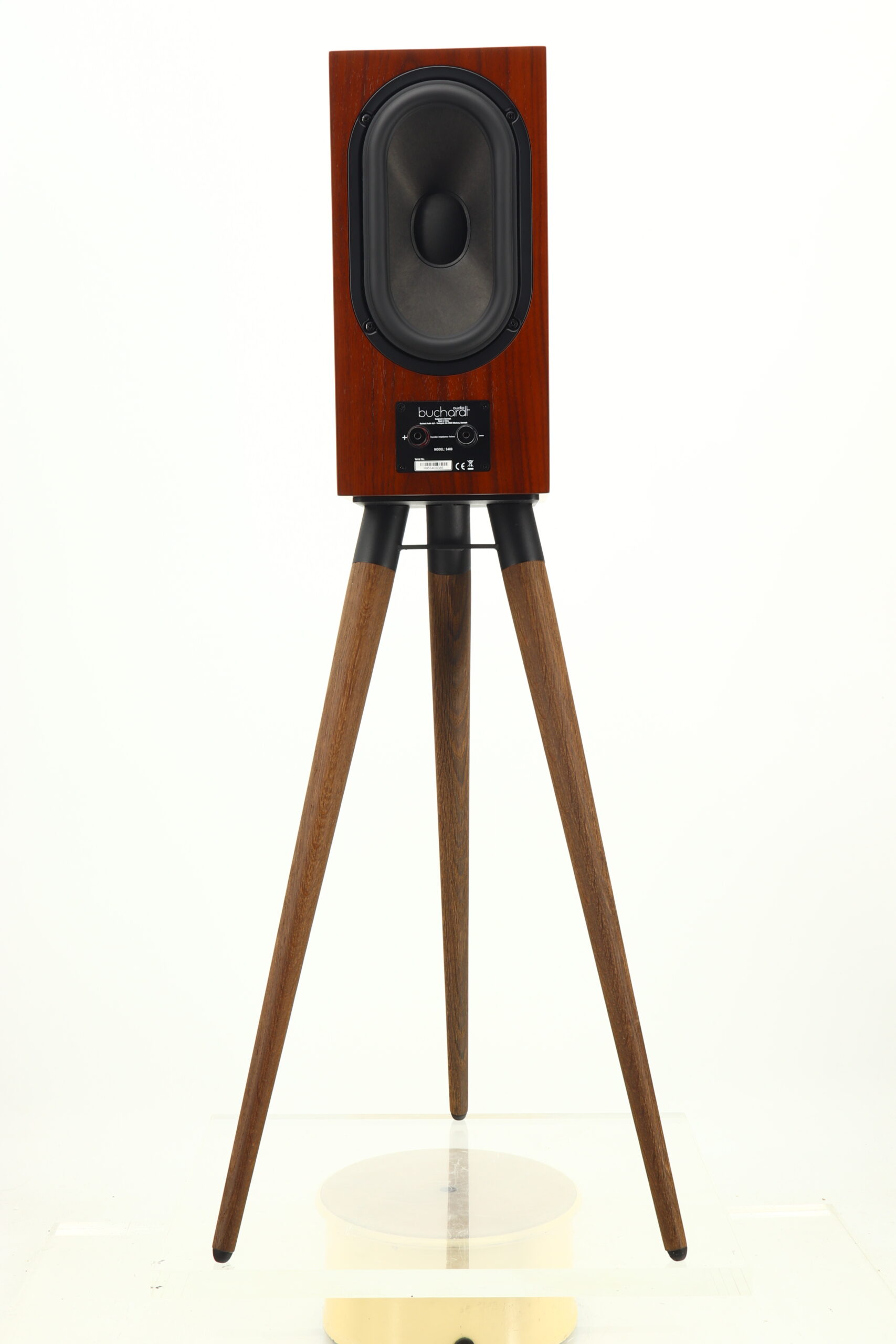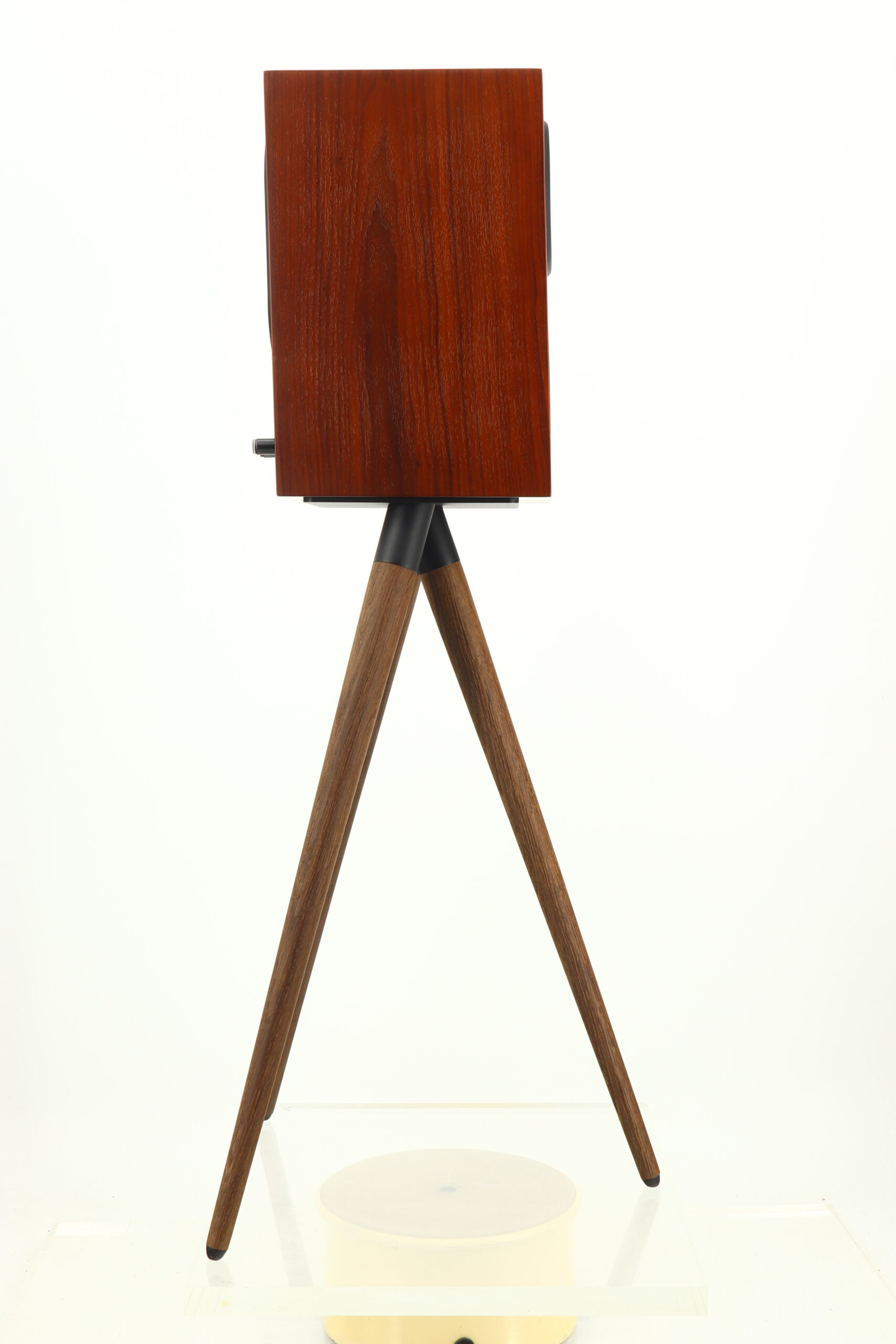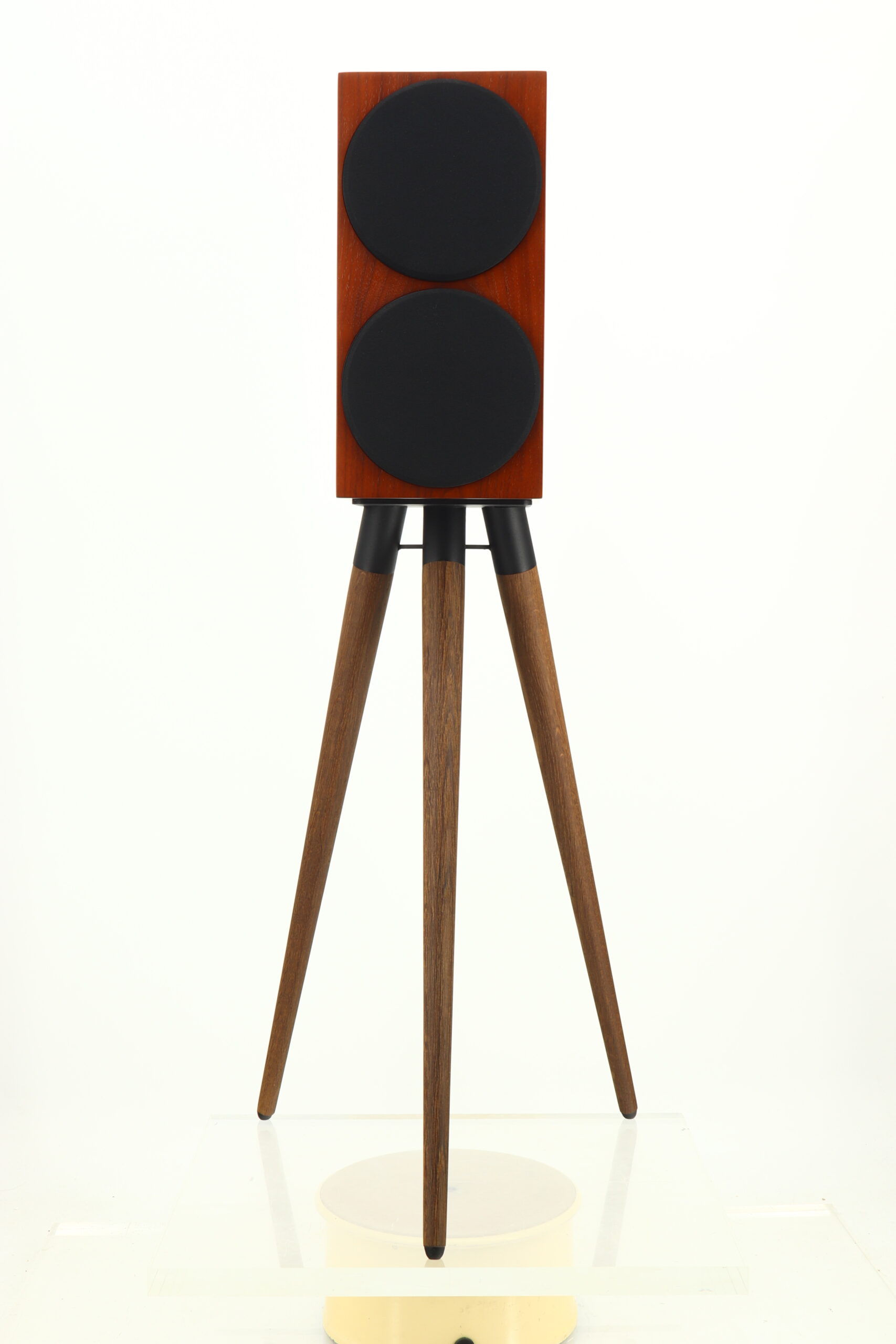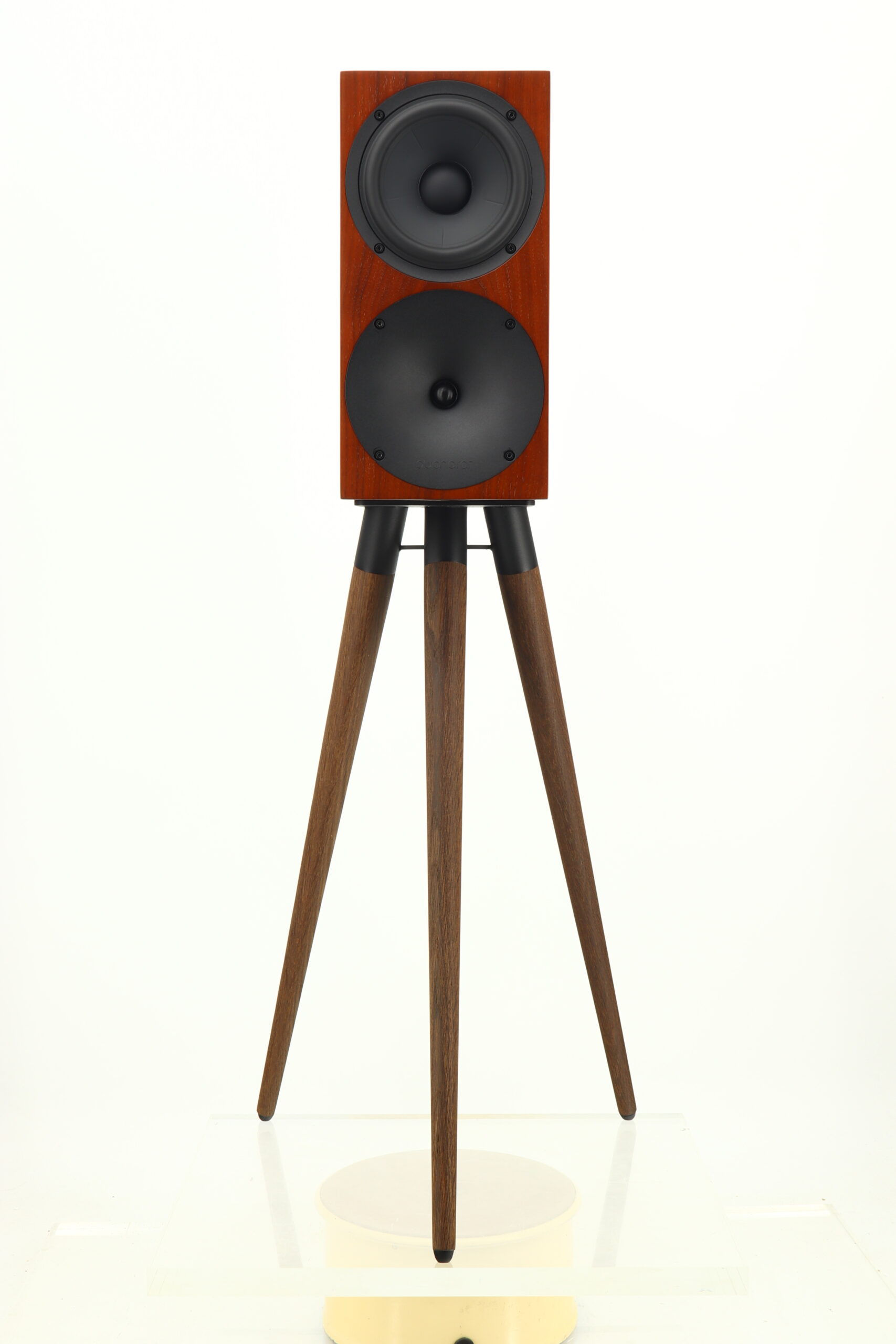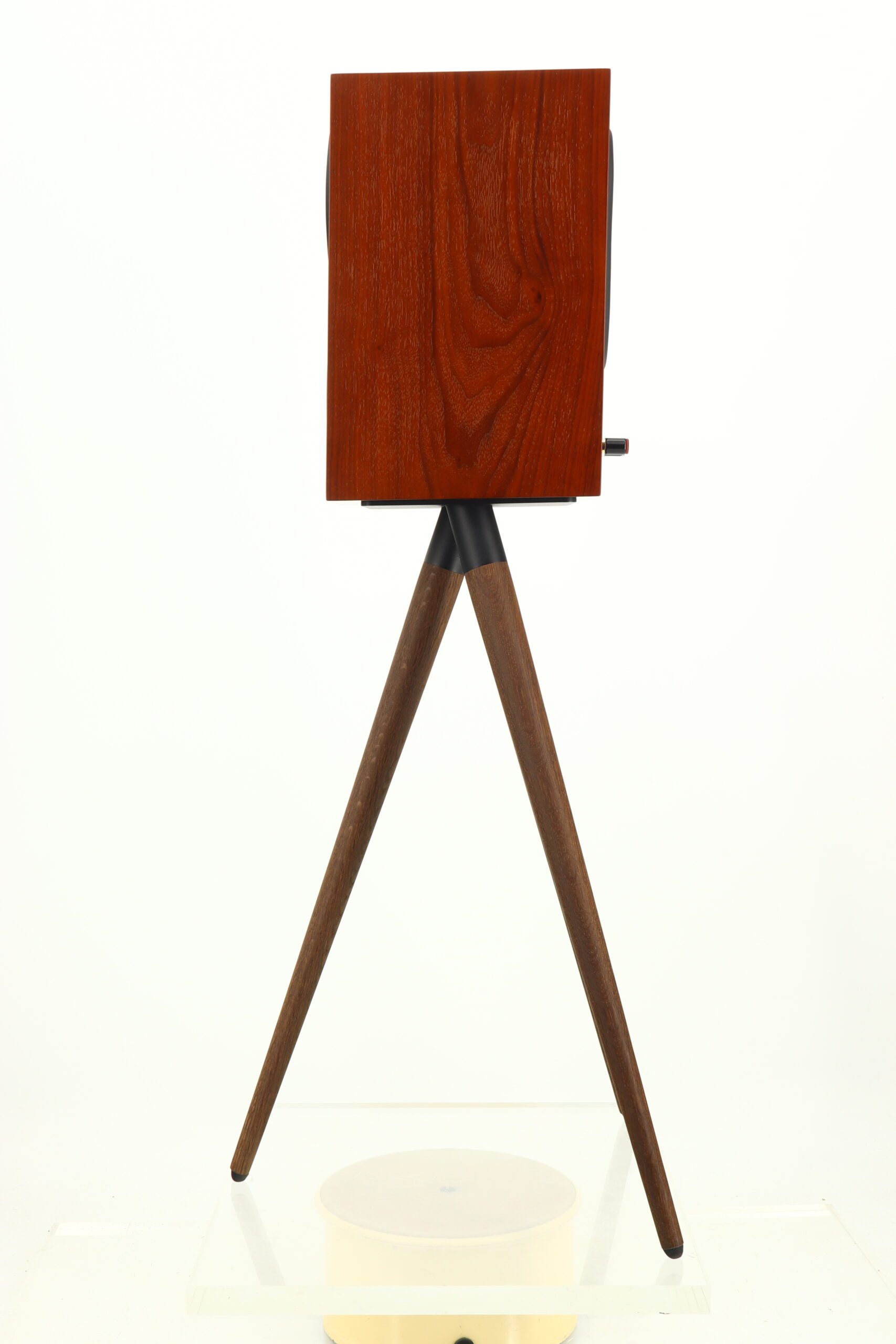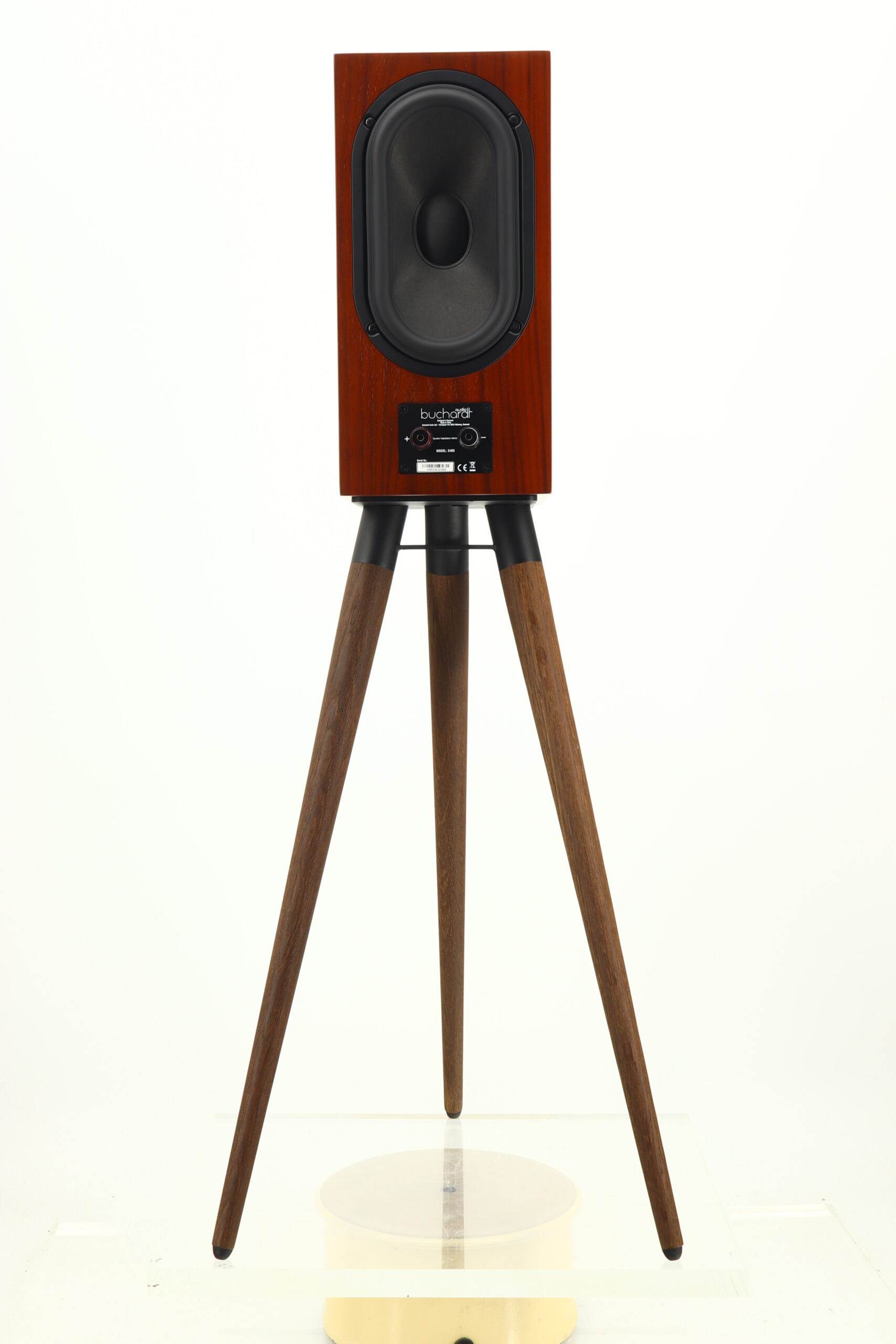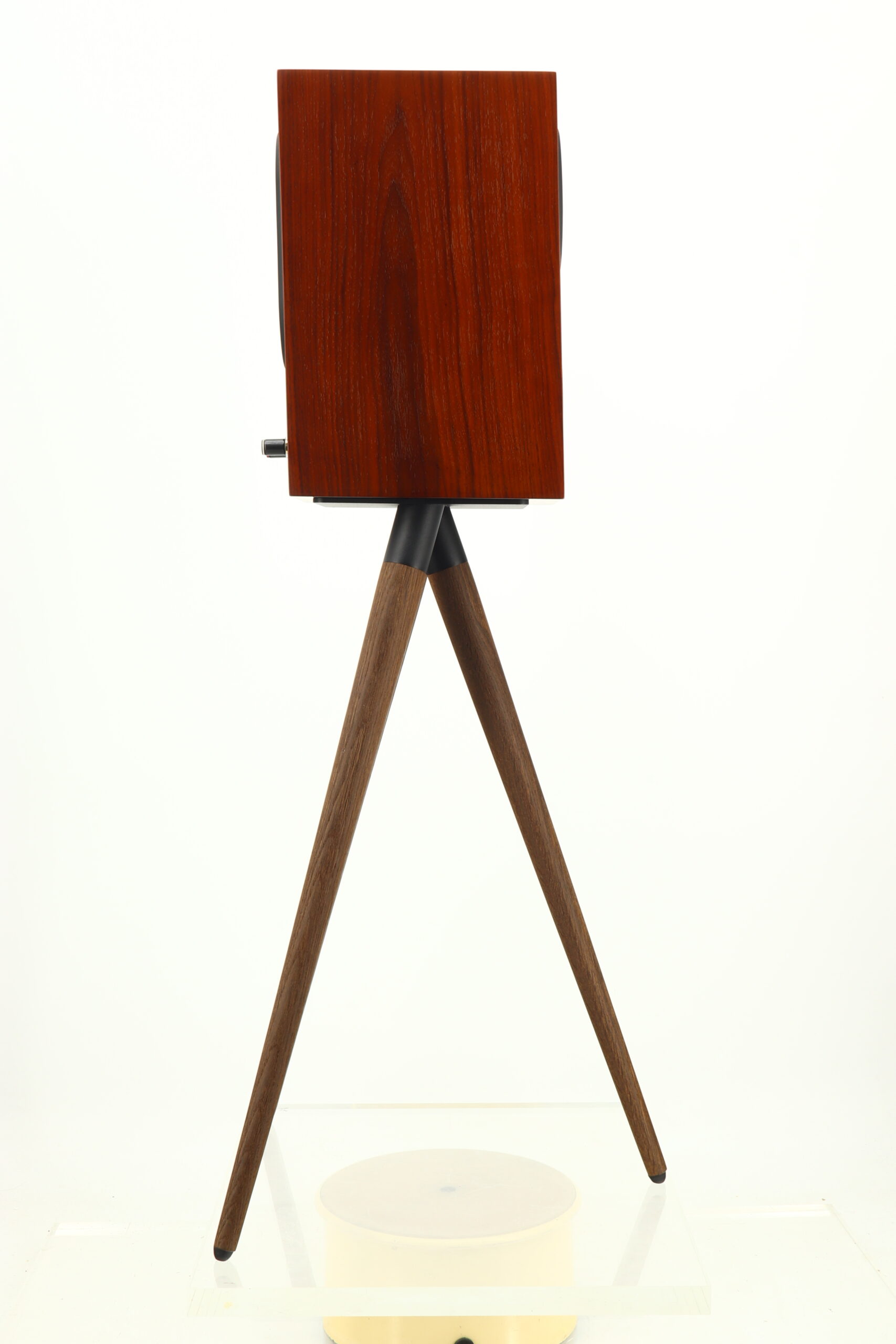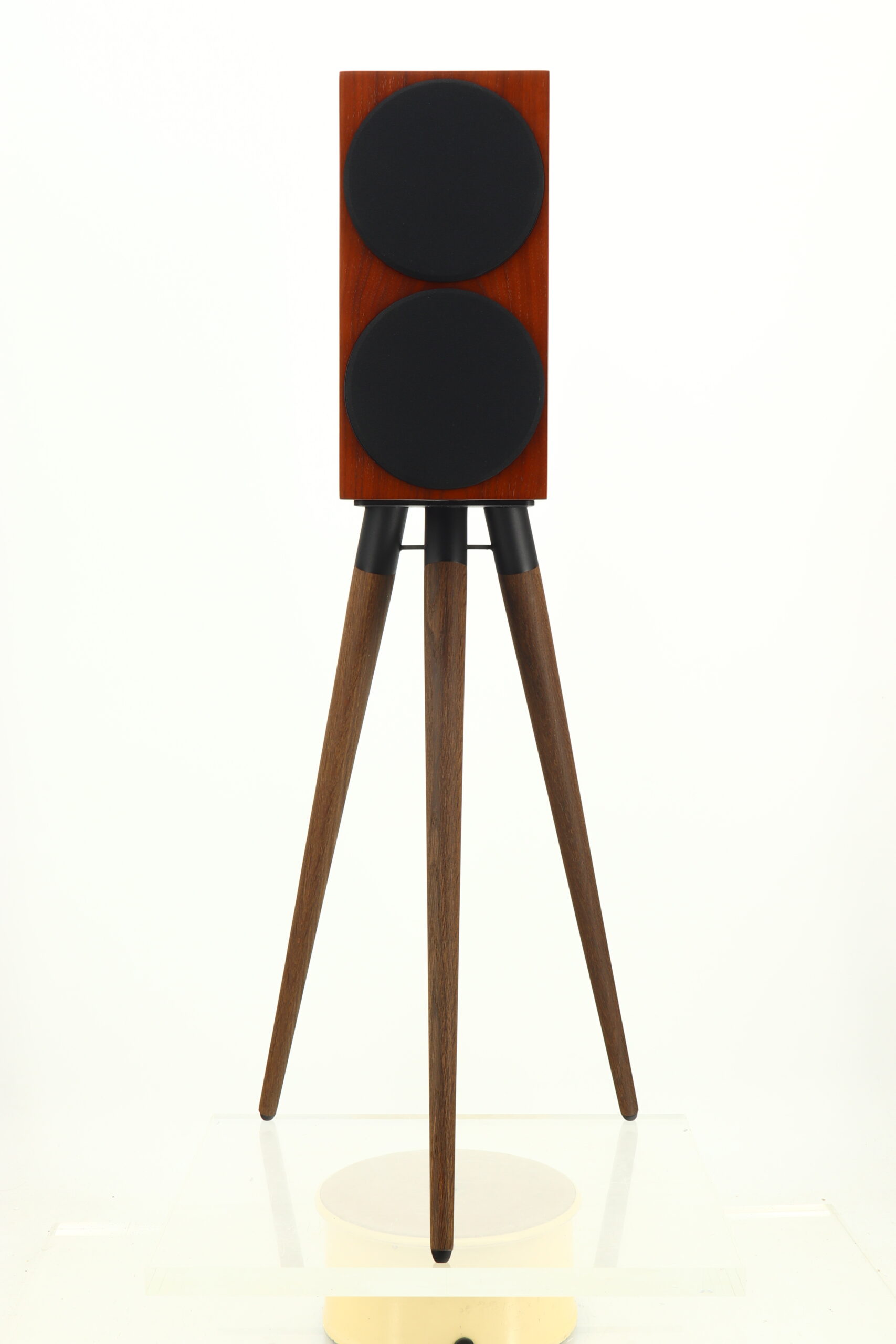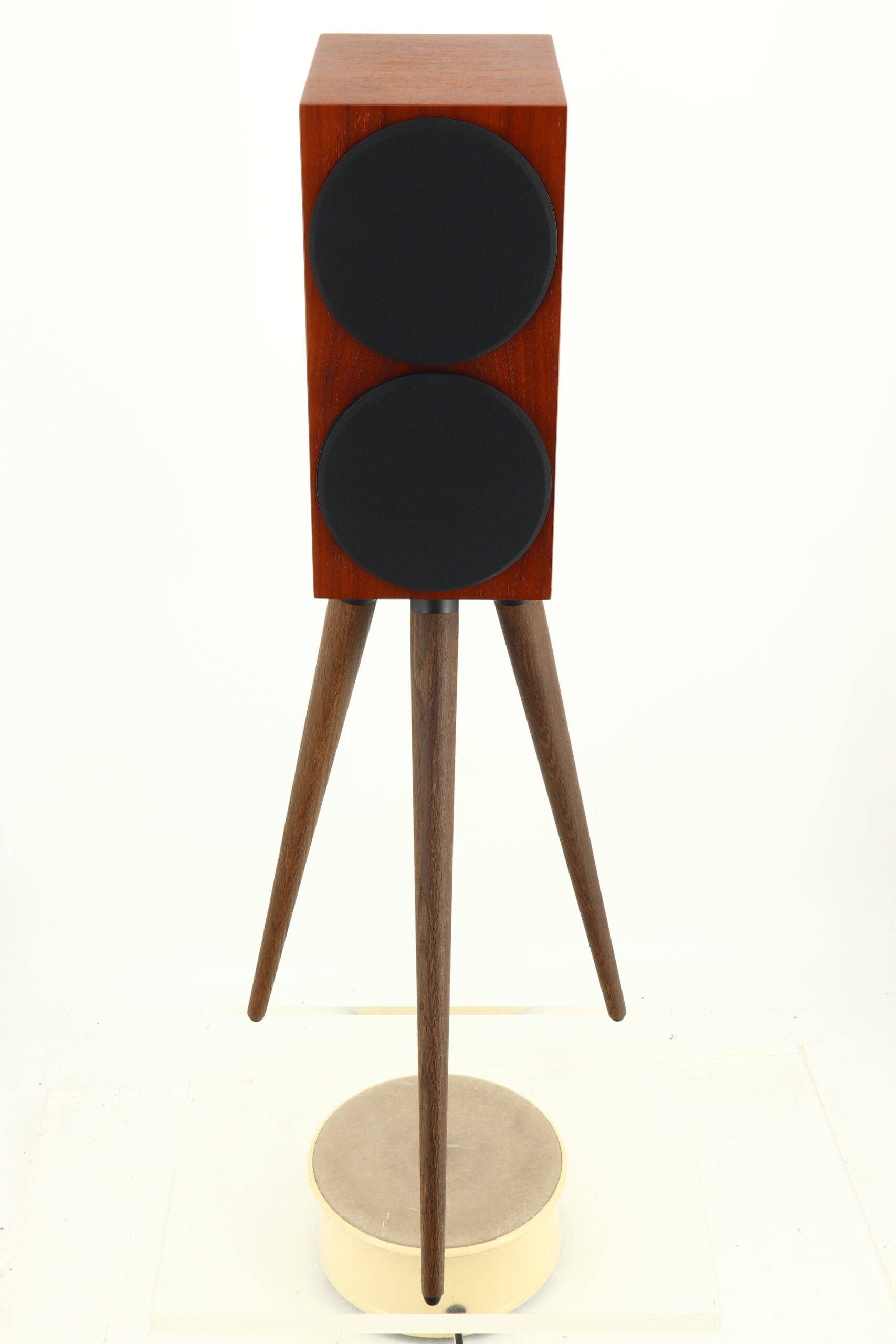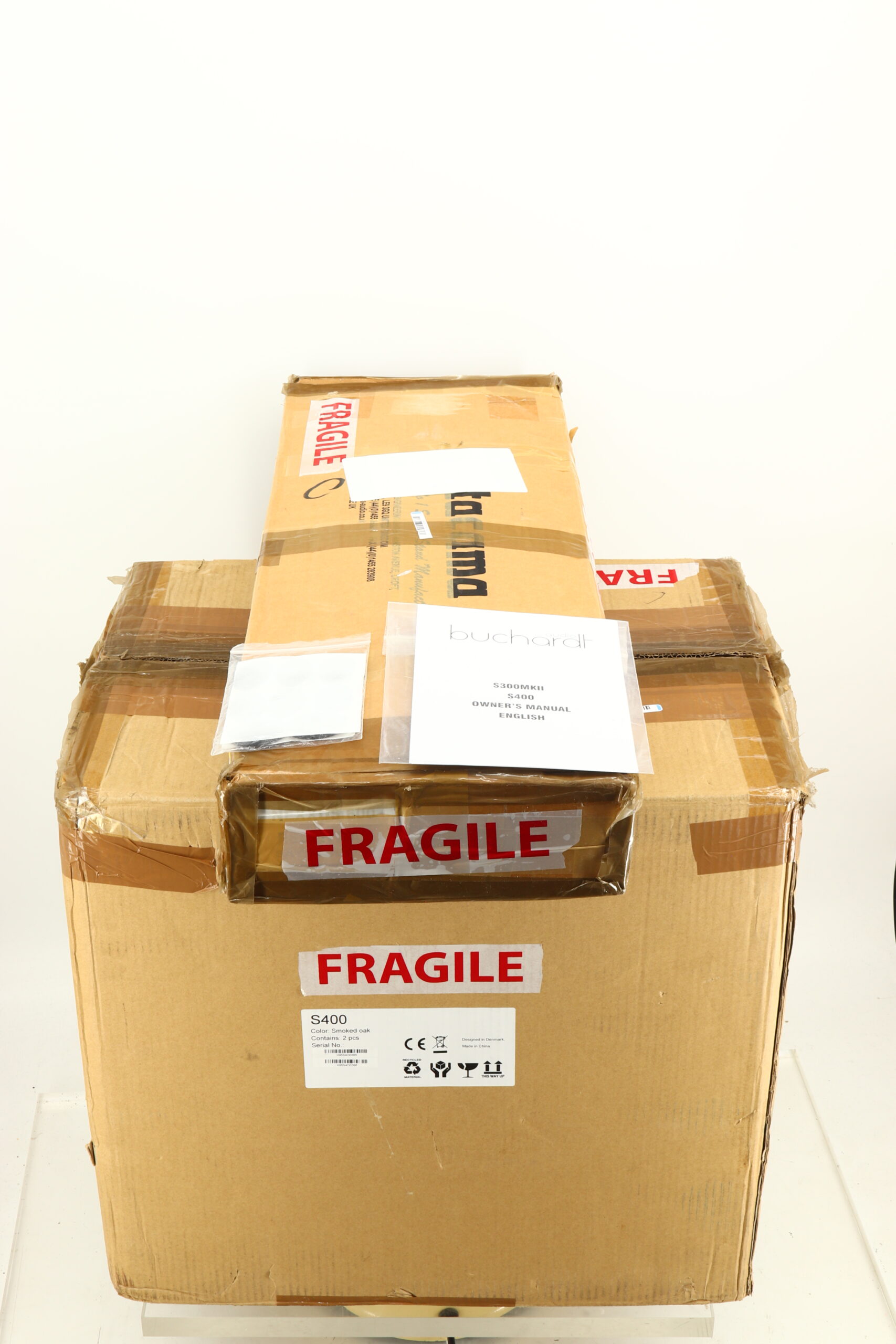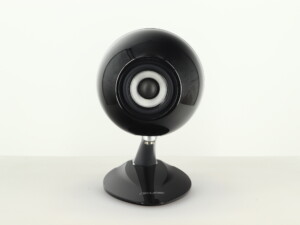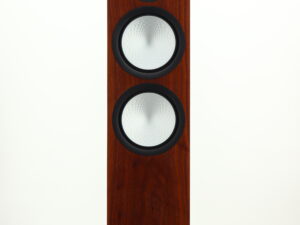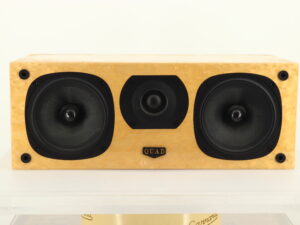Your basket is currently empty!
Buchardt S400 Standmount Speakers – Smoked Oak / Stands – Dark Oak
£1,295.00
Manufacturer : Buchardt
Model : S400
Serial Number : H95S40O385/6
Packaging : Original
Accessories Included : Manual
Price When New :
Out of stock
Description
Here we have a pair of Buchart’s S400 loudspeakers, that come complete with a pair of Buchardt’s own stands. They are both in very good condition and come supplied in original factory packaging along with manual plus our regular three month warranty. Please note the speakers are in the smoked oak finish whereas the stands are dark oak.
Stands:
5.5kg
77cm-27cm-10cm
Buchart Say….
So the good news is that most present-day loudspeakers tend to sound pretty good on-axis. What’s also true is that there are still many loudspeakers that perform rather poorly as soon as you move off-axis. Since most research suggests that what we hear in-room is estimated to be around 12% direct sound (from your speakers), 44% Early Reflections (from your room), and 44% Sound Power (how the sound loads your room), we strive to create solutions that’ll deliver predictable, consistent, and excellent results both on and off axis – regardless of the living space!
What this translates to is a non-distorted, evenly distributed in-room frequency response that allows the S400’s to sound balanced even at extreme angles, which in turn allows the enthusiast to enjoy sundry benefits like improved imaging, a bigger soundstage, and better transparency. This excellent off-axis response will also result in a drastically widened ‘sweet spot’ and most importantly, a character that will remain steadfast even as you move around your home as the music plays.
We’ve found that this trait best suits most people’s rooms and lifestyles. Especially those with untreated rooms. The bottom line? The S400 is capable of delivering exceptional in-room performance in any room.
So how did we tame the controlled directivity beast? Simple! Through our Constant Directivity Control waveguide! Ok, so maybe the solution isn’t that simple. The design itself is the result of a couple very smart people, a number of prototypes, and a super expensive holographic nearfield scanner that we were lucky enough to have access to. This scanner measures 5,402 points around the speaker, this allows us to know exactly how the speaker behave from all possible angles. Thus allowing us to design the perfect waveguide, without suffering any of the major drawbacks! One unique aspect of our waveguide design is that it’s designed to match the contour plot of the woofer down to 1000hz, making the tweeter and woofer work as one driver at the crossover point.
Of course, that’s only a part of the battle. We also had to phase-align the drivers which is why we have placed the waveguide under the woofer along with leaning the cabinet slightly backwards, all the while making sure that the edge diffractions from the cabinet were reduced by 90%, which is the result of a small tweeter and a very deep waveguide. The result is a sound that’s powerful, evenly distributed, and projects freely without ‘sticking’ to the cabinet. It’s just one more important step towards creating a small speaker that sounds full and natural.
Ok so first, it’s not the size that counts! Still, we get it. Most tweeters measure up to 25-29 mm. Some enthusiasts may feel that our tweeter is a bit… inadequate. We aren’t intimidated or ashamed though, because when you get right down to it, there are advantages and disadvantages to tweeters of all sizes.
As an example, larger tweeters tend to be popular because of their power handling and frequency bandwidth, which allows them to be crossed over at lower frequencies. The caveat is that these larger tweeters do not tend to sound as good off-axis and, subjectively speaking, do not sound quite as good (to our ears) as a smaller, well-engineered tweeter. For us, it’s all about performance. And when you get right down to it, the 19mm tweeter that we use fits our goals perfectly.
For one, the measurements are about as ideal as we’ve found. Secondly, the off-axis performance is tremendous. Any of the limitations that would normally come from using this tweeter has been mitigated by our deep waveguide. The end result is exactly what we were looking for. Top end that’s effortlessly free of distortion, resulting in a presentation that’s clean, detailed, powerful, and perfectly integrated with the rest of the speaker.
We’re going to be bold by openly confessing that, in our opinion, aluminium woofers are typically only suitable for pure bass due to the rigidity of the material along with its known break-up points within the critical midrange frequencies. So why did we go with an aluminium woofer?
The short answer is that we couldn’t find anything better! This woofer comes from Ulrik Schmidt, who is the man responsible for crafting the venerable ScanSpeak ‘Revelator’ series. We tried numerous paper drivers, but found that Ulrik was able to successfully dampen the aluminium material to the point of eliminating the traits that many people, included ourselves, find objectionable. Thus, we are allowed to utilize the aluminium driver to its full potential without the usual drawbacks. All in all, it’s a fantastic long-stroke woofer design that exhibits amazing control and power! Since it can work in a small cabinet while remaining capable of playing extremely deep bass and at loud SPL’s, it was the perfect choice for our design.
Fun side fact: A huge key to designing a good waveguide-based loudspeaker is to make sure that waveguide complements the woofer perfectly. We don’t want to give too much away here, so we’ll just say that the waveguide was actually designed to suit the woofer – and not the other way around. It’s just one more important part of the S400 recipe.
As you may or may not know, a passive radiator is more expensive alternative to the usual bass reflex ports that you’ll find in most loudspeakers. So why did we go with a passive radiator instead of a port?
For one, the passive radiator allowed us to reduce the size of the S400 by 30%!
Secondly, it means the S400 won’t suffer from some of the artifacts that go along with ported designs, namely noise (sometimes referred to as chuffing) and port compression.
No port = More forgiving of wall-boundary placement! Go ahead and place em’ near a wall if that’s what you have to do!
Amazing bass performance! Ok, so this reason is clearly subjective, but we think passive radiators just flat out sound better.
If there’s one area where companies tend to take shortcuts, it’s the crossover. Mainly because you don’t see it.
Long story short, we don’t play that game!
Not only was the crossover painstakingly designed, tweaked, and then tweaked again to make sure it’s as good as it can be, we didn’t spoil the effort by skimping on parts! We want these speakers to last a long time. This process not only involves selecting parts that fall within strict tolerances, it also meant source parts that would stand the test of time. On top of that, we want to make sure we selected parts that would deliver excellent performance. Should you ever peek inside the S400, you’ll be greeted with parts that you won’t typically find in a retail product at this price point. Metallized caps instead of the usual cheap electrolytic caps. Copper coils instead of iron. We didn’t go excessive just for the sake of it. We budgeted our money towards the best component where it matters the most.
The result is the final key ingredient to the S400’s performance – a damn fine crossover that puts the right signals in the right places as cleanly as possible. Not to brag, but we’re quite proud of it!
This speaker will work best in room sizes up to 60 sqm.
Specifications:
Operating Principle: 2-Way Passive Radiator System
Tweeter: 0.74″ Custom Fine Weave Soft Fabric Textile With CDC Aluminium Waveguide
Mid / Woofer: 6″ Aluminium Cone With Break-Up Optimization
Passive Radiator: 5″ x 8″ Long Throw Passive Radiator With Very Low Mass Added
Impedance: 4 Ohms
Sensitivity: 88 dB
Frequency Response: 33 – 40.000 Hz ± 3db (In-Room)
Crossover Point: 2670 Hz
Power Recommendation: 40 – 200 W
Measurements: 365 (H) x 180 (W) x 240 (D) mm
Weight: 18.0 kg
Stands:
Made from solid European oak and steel
Height: 650 mm
Footprint: 400 x 400 mm
Top plate: 190 x 160 mm

